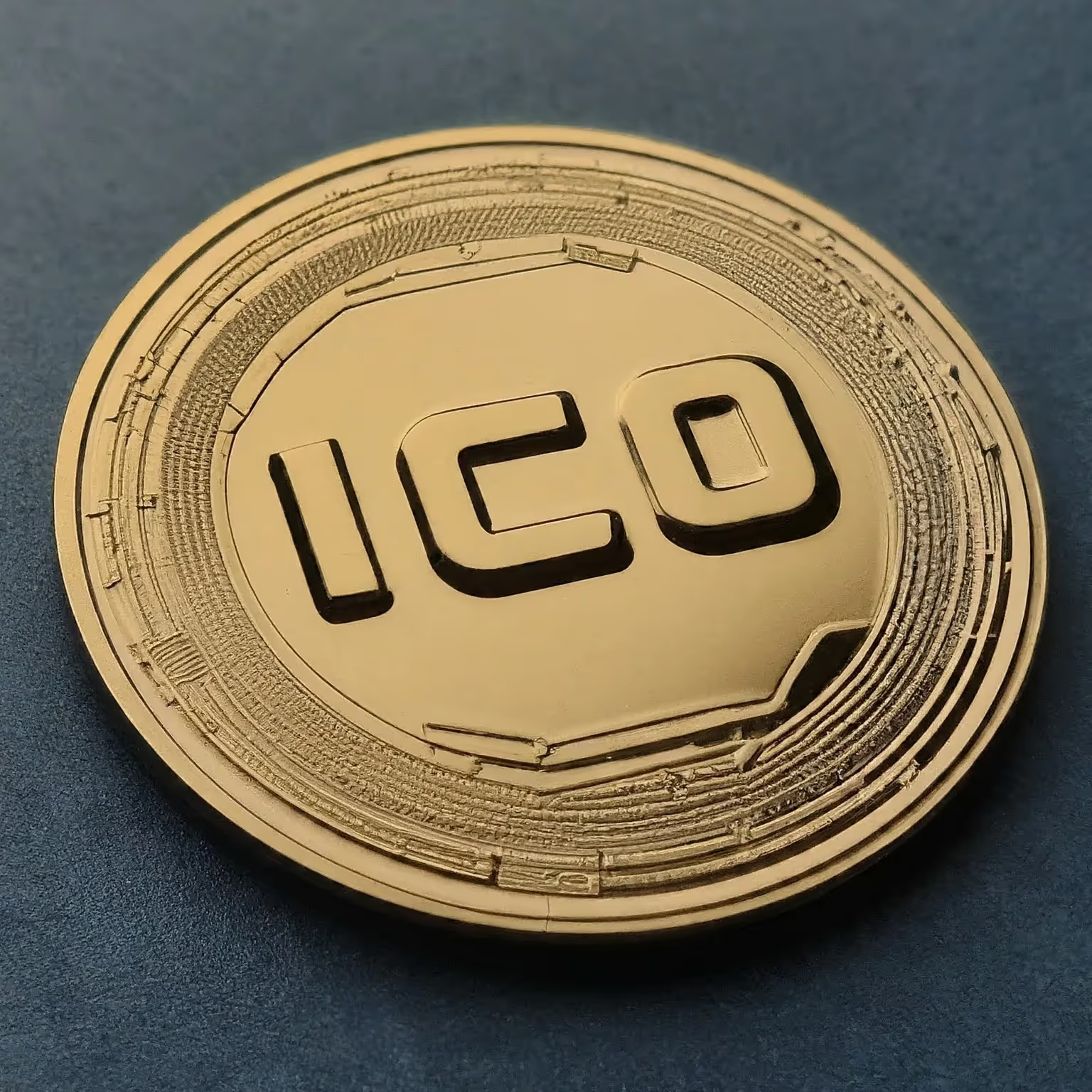Introduction to Initial Coin Offerings (ICOs)

ICO, has appeared as one of the most popular ways for companies in the cryptocurrency field to raise money by giving investors digital tokens to use as funding for new ventures or projects.
Over the next few articles, we are going to dig deeper into the most exciting aspect of the blockchain: ICO, how it works, what to look out and how best to invest in an upcoming ICO to minimize or hedge risks. Feel free to add on if you see chink of grey areas not touched on.
What is an Initial Coin Offering (ICO)?
Cryptocurrency projects use a fundraising mechanism known as an Initial Coin Offering to raise capital by selling digital tokens to investors. Other than being a tradable asset, these tokens often serve other purposes such as giving different privileges within the project’s ecosystem.
Though similar to a traditional IPO, ICOs are different in multiple ways, including the project structure, lack of regulatory oversight, and less involvement from investors.
How Do ICOs Work?
How does ICO work? It is when an ICO, the project team publishes a whitepaper that explains project goals, technologies, tokenomics and roadmaps. To be part of the ICO, investors buy the project tokens using some of the other cryptos, such as Bitcoin (BTC) or Ethereum (ETH).
Investors receive a particular number of tokens in return for their investment that give them access to services and benefits within the project or on the other hand tokens can possess voting right or profit distributions
Key Considerations for Investors
Read the whitepaper and do your due diligence and research before investing in any ICO. Few important points to consider:
- Project Team: Rating the experience, knowledge, and credibility of the project team relative to their track record within the cryptocurrency industry.
- Technology: Assess the project’s tech, the blockchain it is built on, the consensus mechanism, and solutions for scalability.
- Tokenomics: The token economics and distribution, like the total token supply, token allocation, and the way that their ICO proceeds, are used.
- Regulatory compliance: Be mindful of the regulatory framework concerning ICOs in your country and make sure that the project meets all the legal requirements.
- Community and Partnerships: Determine if the project has significant community backing and engagement, as well as any partnerships with respected organizations/groups in the industry.
Key Considerations for Projects
This is especially crucial for projects looking to execute an ICO as failing to do so will likely result in the inability for a successful fundraising campaign. There are a few key considerations that you’ll need to grapple with:
- Whitepaper: Create a detailed whitepaper capturing the project vision, technology, use-cases, tokenomics, against which will make also to attract investors on one side and bootstrap your project in other side.
- Legal and Regulatory Compliance: Seek advice from a qualified lawyer and conduct your offering in compliance with applicable legal, regulatory and securities requirements in every jurisdiction where you conduct an ICO.
- Marketing and Communication: Create a marketing channel to introduce the project to potential investors, including social media, forum, exhibitions, etc, based on the total amount of the ICO campaign.
- Data Security and Transparency: Initiate appropriate security mechanisms to safeguard the funds and personal information of the investors and keep them informed about the development and progression of the project with full transparency and timely updates.
- Token Sale Structure: The structure for token sales needs to be considered in order to encourage sensible investors to join the project and support over a long period.
Conclusion
The much-preferred fundraising method in the crypto world is ICOs which have helped in raising the much-needed capital for projects and also present an early-stage investment opportunity for the investors.
This comes with a list of caveats including potential regulatory challenges, market volatility, and all manner of security risks. With proper research and compliance, stakeholders can build a channel for responsible engagement with the opportunities made available by ICOs.
Disclaimer
“This content is for informational purposes only and does not constitute financial advice. Please do your own research before investing.”






